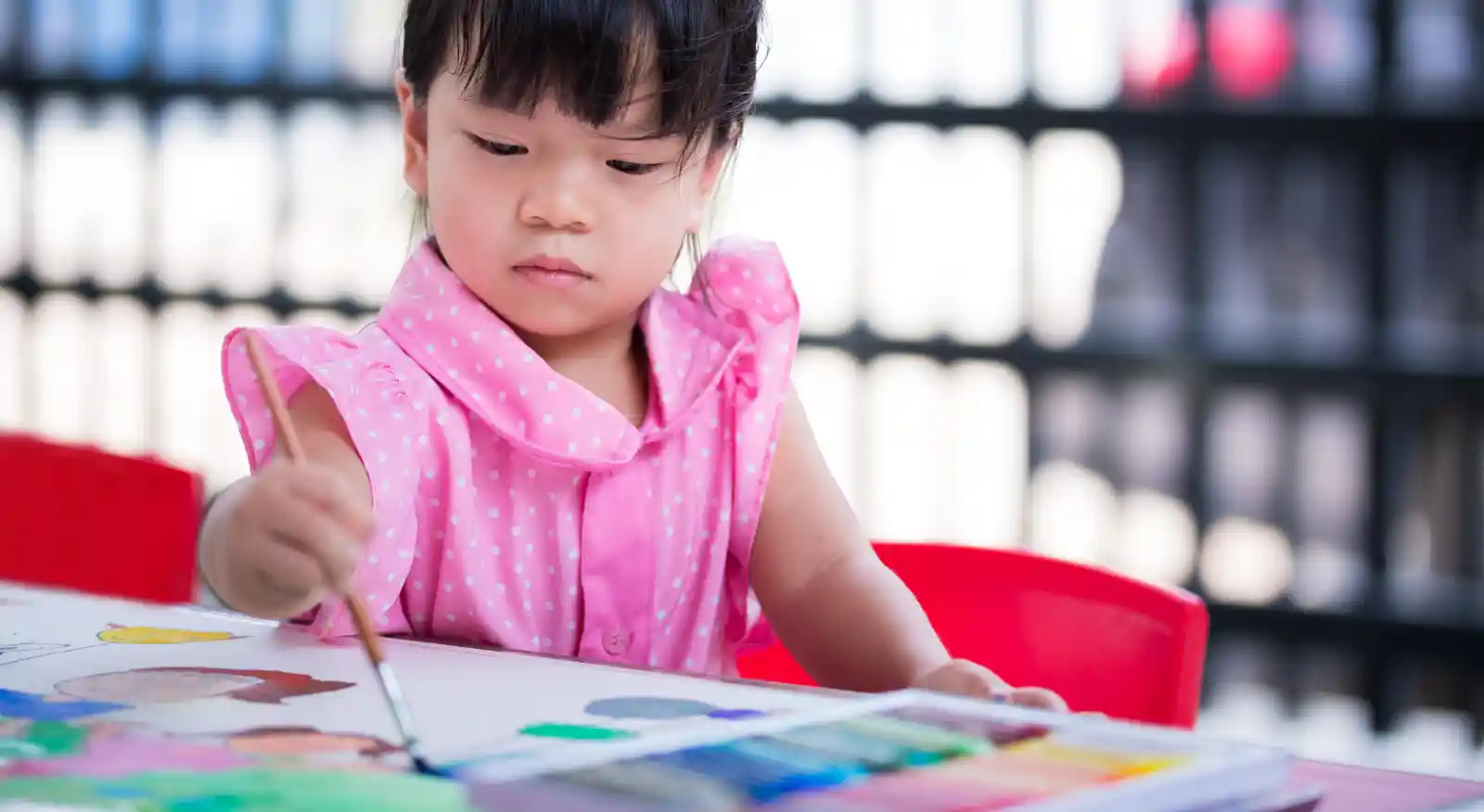
Exploring Different Art Styles in Kids’ Classes
Art education for children is about much more than just learning how to draw or paint. It’s an exciting journey of self-expression, creativity, and discovery. One of the best ways to nurture a child’s artistic development is by exposing them to a variety of art styles. From classic techniques to modern experiments, exploring different styles helps kids find their unique voice and build essential skills.
In this article, we’ll explore popular art styles introduced in kids’ classes and how each contributes to a child’s creative growth.
1. Realism: Learning to Observe and Replicate
Realism focuses on drawing and painting subjects as accurately as possible. It teaches kids to observe details closely — shapes, colors, shadows, and textures.
By practicing realism, children develop strong foundational skills such as hand-eye coordination and attention to detail. This style is often introduced early to help young artists understand proportions and perspectives.
2. Impressionism: Capturing Moments and Emotions
Impressionism emphasizes capturing the feeling of a moment rather than precise detail. It uses loose brushstrokes and vibrant colors to depict light and movement.
Kids enjoy impressionism because it encourages freedom of expression and experimentation with color. It’s an excellent way for children to learn about moods and atmosphere in art.
3. Abstract Art: Expressing Ideas Beyond Reality
Abstract art allows artists to use shapes, lines, and colors to convey ideas and emotions without depicting recognizable objects.
Introducing kids to abstract art helps them think creatively and understand that art doesn’t always need to “look like” something. It encourages problem-solving and innovative thinking.
4. Cartoon and Comic Styles: Fun and Storytelling
Cartoon and comic styles are hugely popular with kids because they relate to their favorite characters and stories. These styles emphasize bold lines, exaggerated features, and vibrant colors.
Working in this style improves kids’ narrative skills as they create characters and stories, blending visual art with imagination.
5. Pop Art: Celebrating Everyday Culture
Pop art uses bright colors and bold images inspired by popular culture, such as advertisements, comics, and celebrities.
Kids learn to see art in the everyday world through pop art. It’s playful and accessible, inspiring them to think about how art interacts with society.
6. Mixed Media: Combining Materials and Techniques
Mixed media art encourages kids to combine different materials—like paint, paper, fabric, and found objects—into one artwork.
This style fosters experimentation and creativity, teaching kids that art can be multidimensional and that rules can be broken.
7. Cultural and Traditional Styles
Introducing kids to cultural and traditional art styles—such as Chinese brush painting, Indian Rangoli, or Aboriginal dot painting—broadens their artistic horizons and appreciation for diversity.
These lessons help children connect with different histories and stories, making art education richer and more meaningful.
8. Benefits of Exploring Multiple Art Styles
- Enhances Creativity: Exposure to varied styles encourages children to experiment and develop unique ideas.
- Builds Confidence: Trying new styles and techniques empowers kids to take risks without fear of failure.
- Improves Skills: Each style focuses on different techniques, improving a broad range of artistic abilities.
- Encourages Cultural Awareness: Learning about art from different cultures fosters respect and curiosity.
- Makes Art Fun: Variety keeps art classes exciting and engaging, maintaining kids’ interest.
9. How Art Journey Supports Kids’ Creative Exploration
At places like Art Journey in Singapore, kids’ art classes are designed to introduce a diverse range of art styles. Experienced instructors guide children through projects that help them discover their favorites while building core skills in a supportive environment.
By nurturing creativity through exploration, these classes help kids develop lifelong appreciation and confidence in art.
